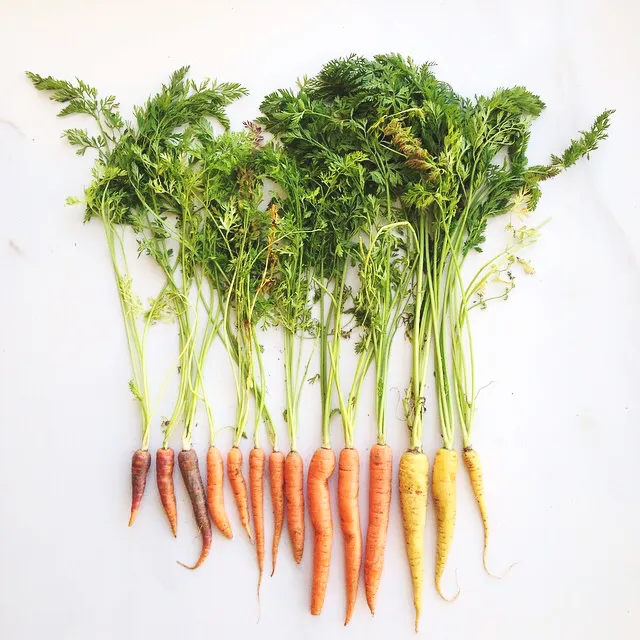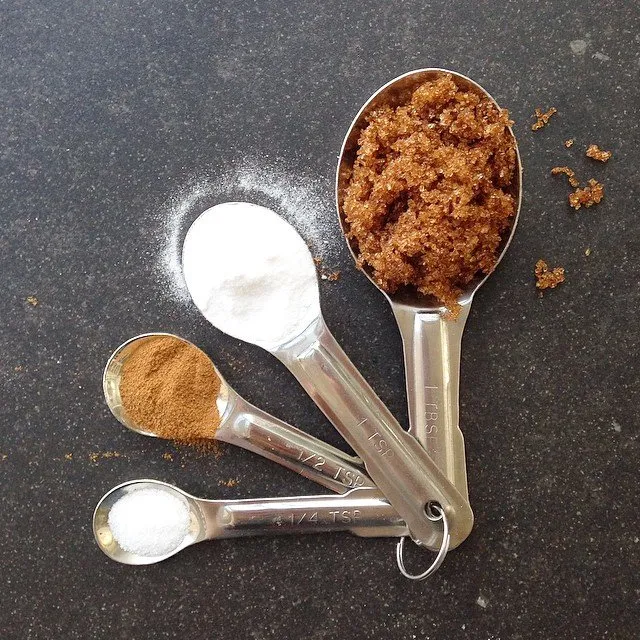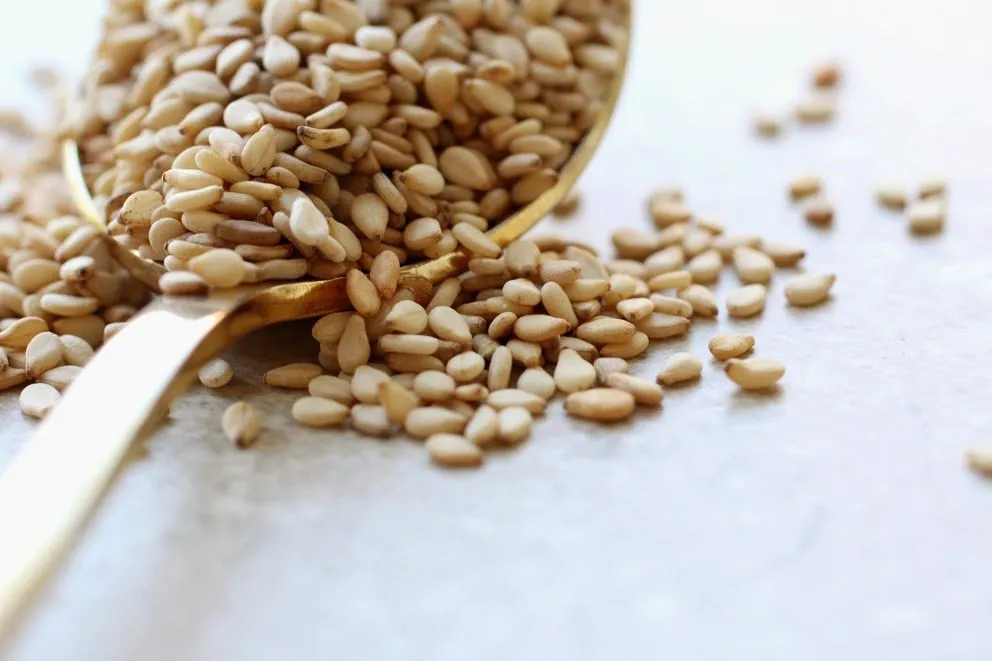“Food is essential to life, therefore, make it good.”

, S. Truett Cathy’s quote should have been slightly different. The founder of Chick-fil-A might have rephrased his words to this: “Food is essential to life, therefore, photograph it good.” Today’s world is all about visibility, showing off. You didn’t eat it if you don’t have a picture of it, and you better be sharing it, too! As the #instafood hashtag reaches almost 46 million on Instagram, you can be sure that mobile food photography is more than just a trend. Here are some insights into the world of contemporary food photography so that when you get that perfect dish, you’ll know exactly what to do.
One-Man Show
Let’s face it, you’re not going to hire a food stylist or a professional photographer, or rent expensive lighting equipment just to shoot the food you’ve made or are about to eat – unless of course, you’re a chef or a restaurant owner. It’s more likely that you’re sitting down to a romantic dinner in a fancy restaurant, preparing an extravagant Sunday brunch or grabbing a quick dirty-water hotdog off the street on your way home from work. Lucky for you, you’ve got the perfect camera for that – the one that’s in your back pocket or purse. And in that case, you are your own stylist, you create your own lighting and you’ll be shooting your own photo – but not to worry! With a few simple rules, you’re sure to master all three.

Style Your Food
There isn’t one way to style your food, it depends on many things: the food’s colors, textures, ingredients, the plate or bowl it is served on – to name just a few. Moreover, you’ll want to develop your own style: it could be a certain angle that appeals to you, objects or utensils that appear in every one of your food photos, a particular kind of plate, a special surface or a combination of it all. Remember, even no-style can be a style, so don’t try to turn your dish into something it’s not or go crazy with unnecessary extras that will keep the eye busy, instead of focused on the food. Be consistent and keep one priority in mind: making your subject look tempting and appealing because after all, that’s what it’s all about.

Light it Up
The quiet-dark-romantic-corner table is always the most coveted one at a restaurant, right? Wrong. The best table for a foodstagrammer is the one that’s right where the light is – near a window during the day or right under the lights (preferably soft ones!) if it’s nighttime. If you’re still stuck with a dark, badly-lit table, try different angles or different plate positions to maximize the light you do have. The ability of today’s smartphone cameras to cope with low-light situations is better than ever. Whatever you do, don’t use the flash. Natural light is always better than that white, artificial one. Any artificial light, especially if it’s direct, tends to exaggerate shadows and texture, distort shape and color and add unwanted glare. Remember, you can increase brightness and experiment with
Enlight’s Clarity tool to correct dimly-lit images, but you won’t always be able to darken burned areas.

Well-Composed Food
A well-composed photograph is something that is noticed immediately, but those that are badly composed are sure to stick out like a sore thumb. Arrange the objects within your photograph in a way that will make them stand out. You’ll want to follow the basic rules of composition with food photography as well.